Focus
Your Present Location: HOME> FocusThe BRI is the bedrock of global development and peace
The BRI is the bedrock of global development and peace
Source: CGTN
By Hussein Askary
Opinion: 14:43, 07-Sep-2025
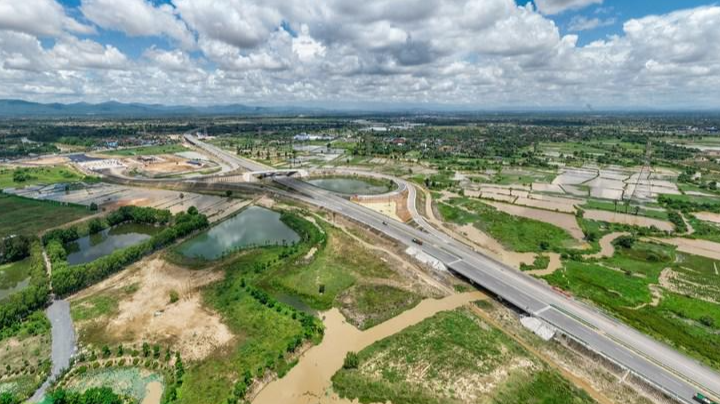
The Phnom Penh-Sihanoukville Expressway project in Kampong Speu Province, Cambodia, June 24, 2022. /Xinhua
Editor's note: Hussein Askary, a special commentator on current affairs for CGTN, is Vice-Chairman of the Belt and Road Institute in Sweden, Distinguished Research Fellow at Guangdong Institute for International Strategies. The article reflects the author's opinions and not necessarily the views of CGTN.
It was a great moment in current history when Chinese President Xi Jinping spoke at the Nazarbayev University in Kazakhstan on September 7, 2013, poetically expressing how he "could almost hear the camel bells echoing in the mountains and see the wisp of smoke rising from the desert," where the ancient Silk Road connected East and West.
Twelve years after launching of the Economic Belt of the Silk Road at that spot, followed by launching the Maritime Silk Road of the 21st century in Indonesia a month later, the Belt and Road Initiative (BRI) has proven to be a masterpiece of statecraft, the greatest development project in modern history and a new model of bilateral and multilateral cooperation in the world to promote prosperity and peace.
The BRI has not only revived the ancient Silk Road, encompassing all its aspects of economic, social, cultural and scientific exchanges, but also made it a global phenomenon that spans Eurasia, Africa, Latin America, and the great oceans. More than 150 nations and 30 international organizations have joined it. Therefore, it is said that while it was proposed by China, it now belongs to the whole world.
The unique model of the BRI has many aspects. One is that its projects are undertaken through consultation among the partners, not imposed from above. In his keynote speech at the third Belt and Road Forum for International Cooperation in October 2023, President Xi stated that the BRI is characterized by the method of "planning together, building together and benefitting together."
The other factor is the principle of sharing and interdependence. This win-win concept, translated into action, means that China's prosperity relies on the prosperity of its partners. Therefore, China shares the fruits of its amazing progress with others. This includes financial capital, technology and know-how and human resources. This is not the outdated policy of aid; rather, China is 'enabling' its partners to increase the value of their natural and human resources, not 'helping' them. This overturns the previously dominant policy of a zero-sum game, where one's gain is another's pain.
Furthermore, while the BRI initially focused on filling the gaps in infrastructure deficit in the Global South, which is one of the main bottlenecks of progress (besides lack of capital and shortage of skilled labor), it gradually moved into the process of industrialization and modernization.
Industrial parks backed by Chinese companies have emerged in many parts of the Global South, especially in West Asia and Africa. The Jizan Special Economic Zone in Saudi Arabia, TEDA Industrial Park in Egypt's Suez Canal Special Economic Zone, Ethiopia's many industrial parks, Tanzania's Kwala Industrial Park, China-Morocco Science and Technology City in Tanger and many others, including in remote and landlocked areas like the Mbale Sino-Ugandan Industrial Park in Uganda represent an unprecedented development.
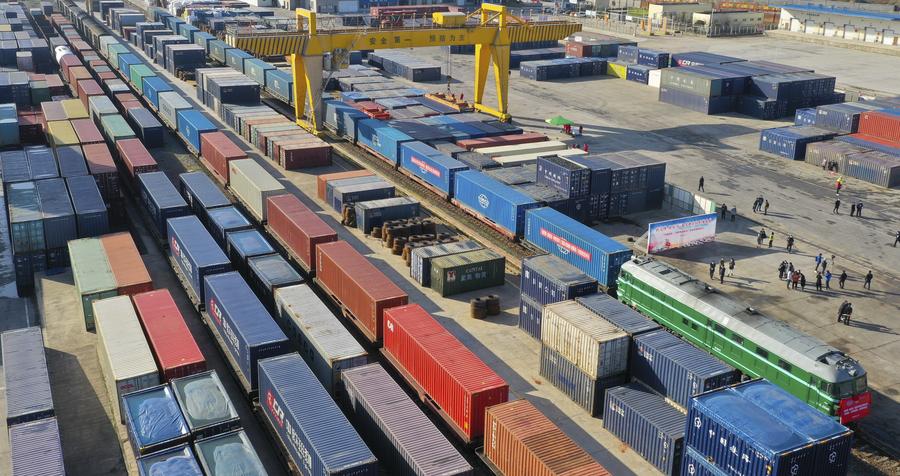
China-Europe freight train fully loaded with auto parts, mechanical facilities and garments bound for Moscow of Russia and Minsk of Belarus waiting for departure at Xiangtang railway port in Nanchang, east China's Jiangxi Province, February 17, 2020. /Xinhua
This means that countries no longer rely solely on exporting their raw materials cheaply to import expensive finished goods, which had previously led to draining their financial resources and development potential. Instead, they can add value to their natural resources and utilize their labor force at a high level of productivity. This, naturally, requires raising the skill level of labor and transfer of technology, which are two key aspects of the BRI model. Under the colonial and neocolonial eras, this was unimaginable.
Modern agricultural development and environmental improvements, such as fighting desertification, building upon China's own groundbreaking experience in these two fields, have also become a core activity of the BRI. China has also increased its investments in "small yet beautiful" projects that directly affect the livelihoods of populations, without abandoning mega projects such as ports, railways, highways, and airports, which are indispensable for building modern economies.
A great aspect of the BRI is its incredible resilience in the face of major crises. The COVID-19 pandemic, which brought the global economy and many nations to their knees, did not halt the BRI, although it temporarily hindered some of its projects. What China did under these dramatic conditions is to unleash the Health Silk Road, which became one of the most important weapons in fighting the pandemic, providing materials, medicines, equipment and vaccines to many nations.
Another example of the extreme resilience of the BRI is that the China-EU Express Rail (CEER), which connects China's industrial hubs with those of the EU, continued to function despite the outbreak of the Russia-Ukraine conflict in 2022. The CEER, which saw the number of trains traversing the Eurasian landmass increase from 80 trips in 2013 to 19,000 in 2024, even though it transits both Russia and Belarus to the EU. No sanctions nor military action could stop it because it has become an indispensable economic artery for all nations involved.
This, and many other examples, show that the BRI has become a model for promoting peace through economic cooperation. While the challenges remain numerous, the BRI is shedding an intense light on the path to achieving global peace and prosperity.
Key Words: Global Development







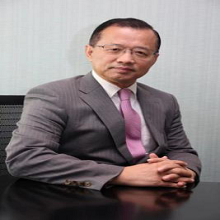

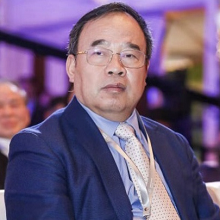

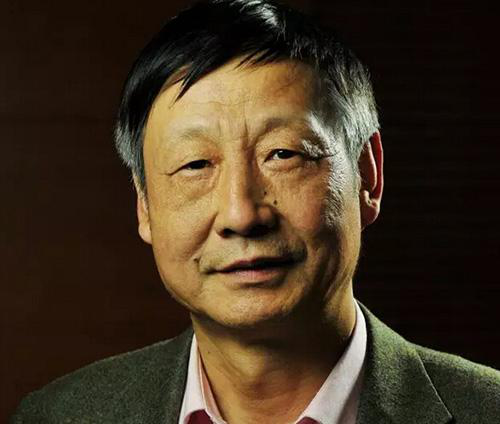

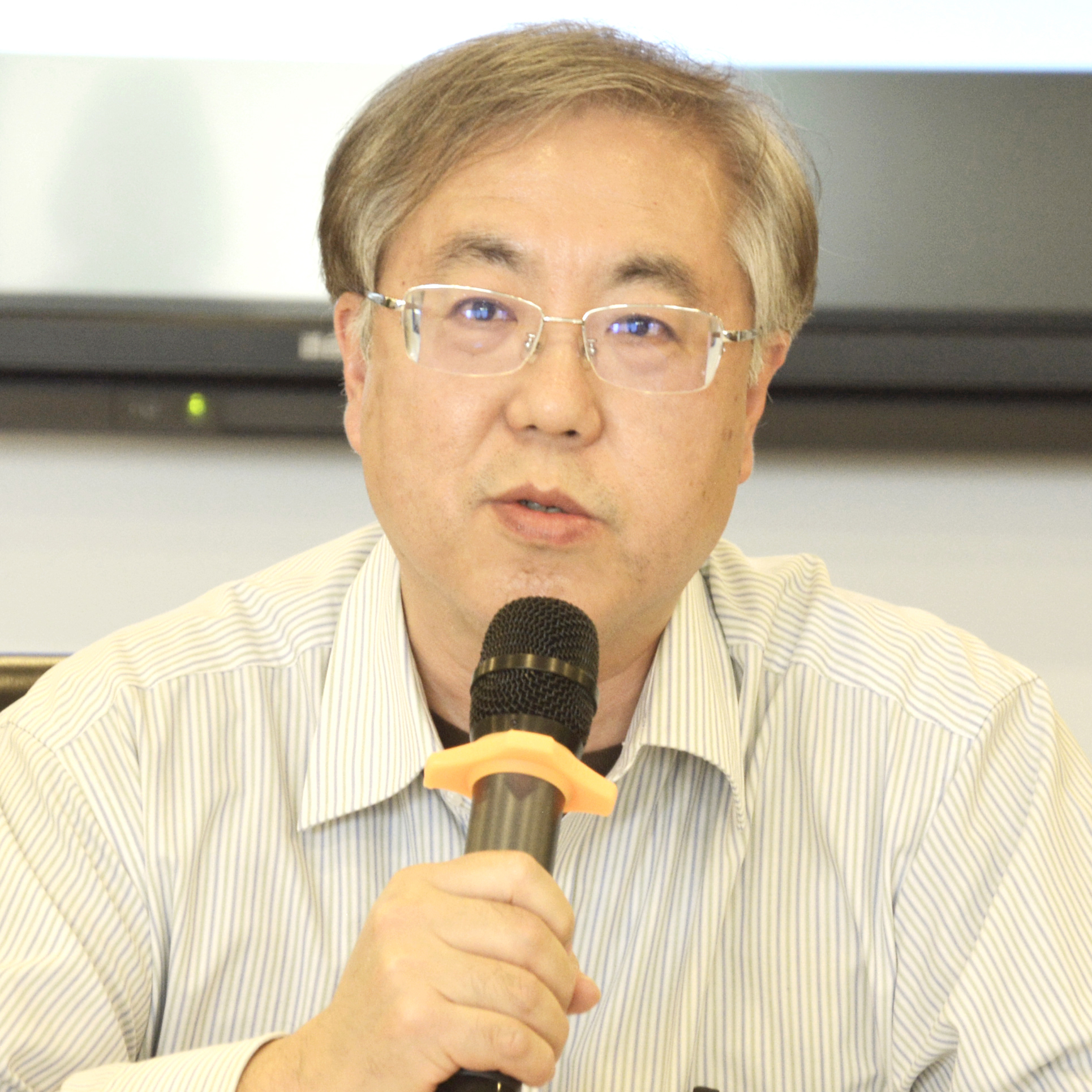

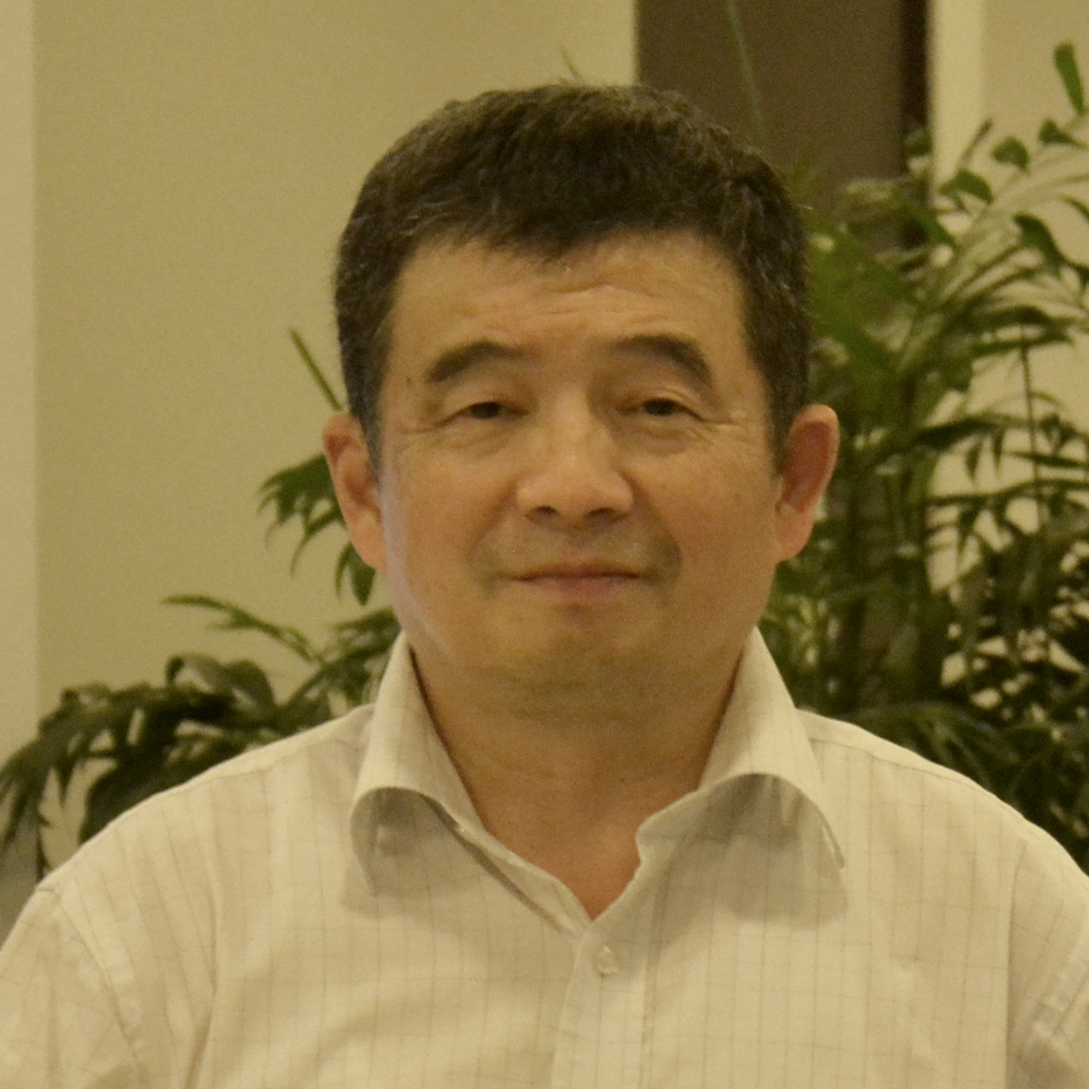
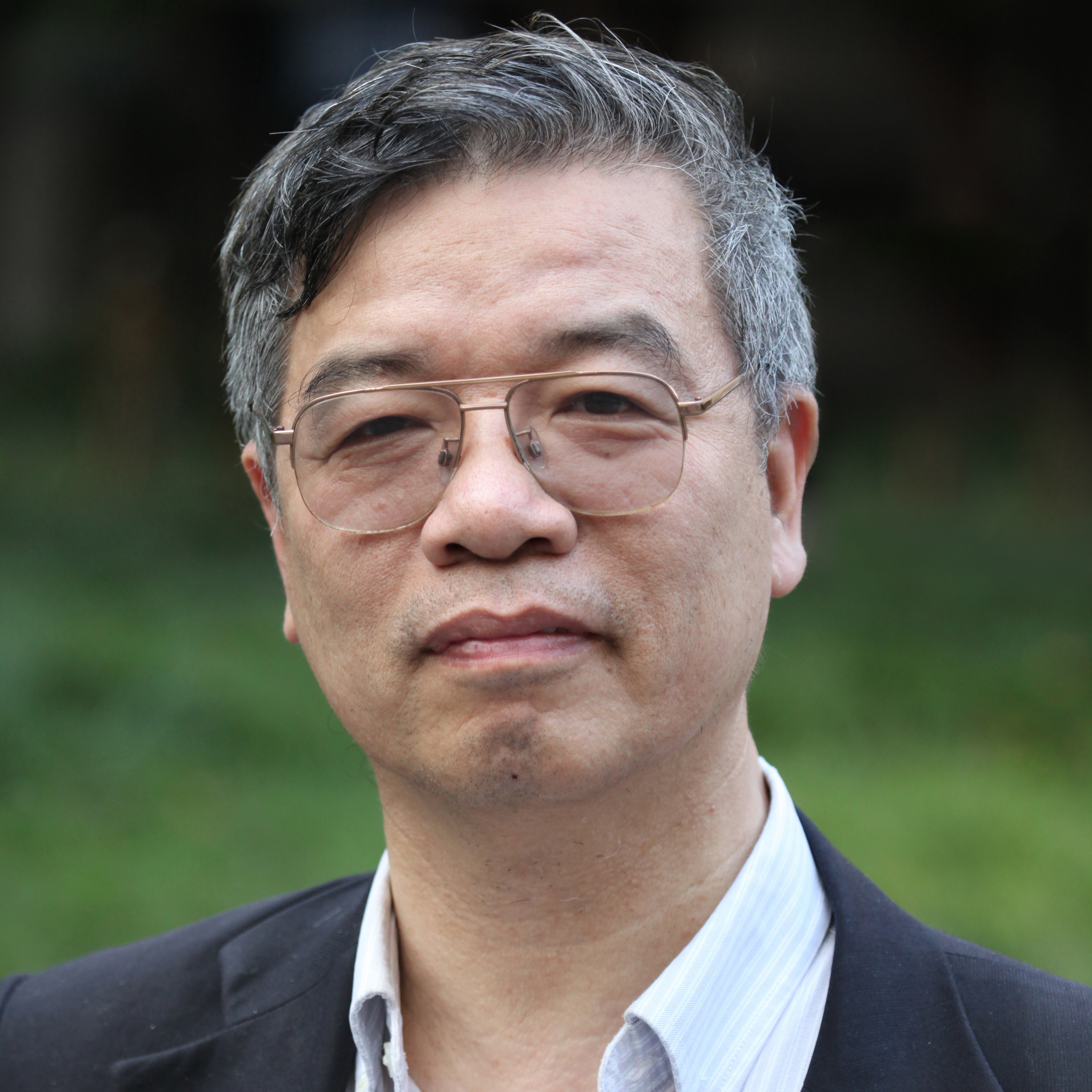

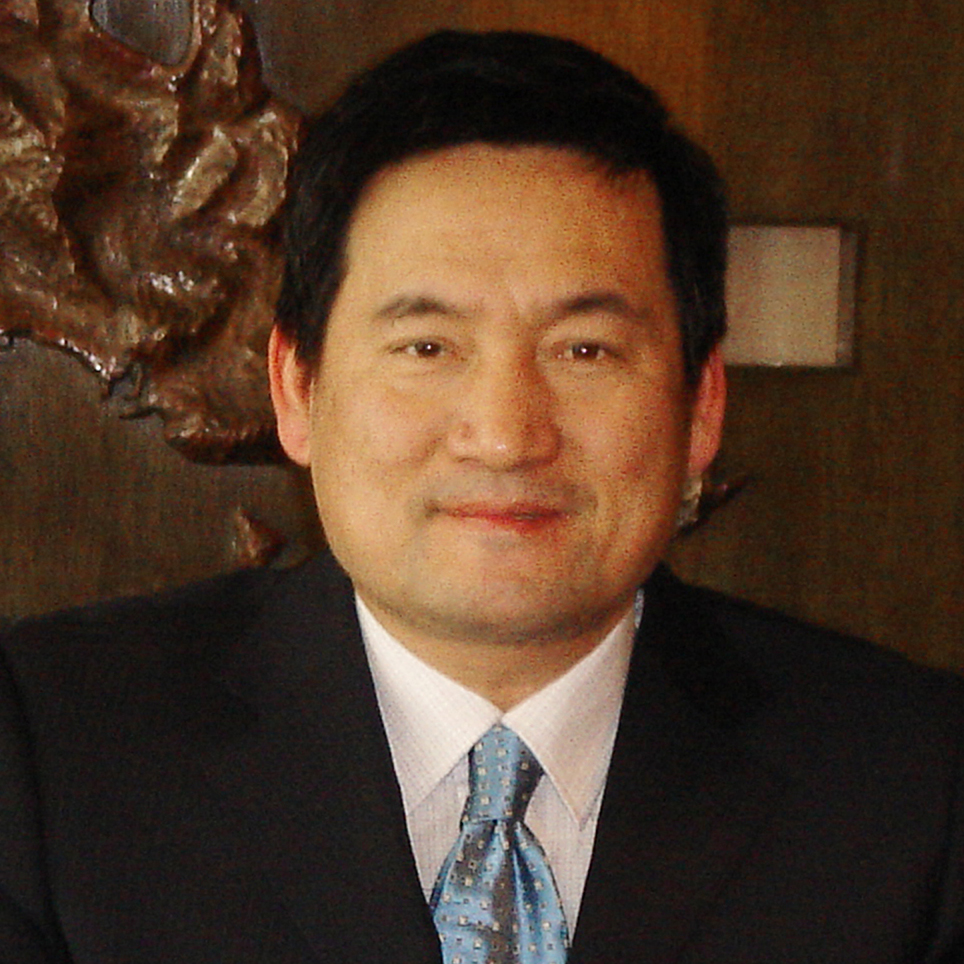










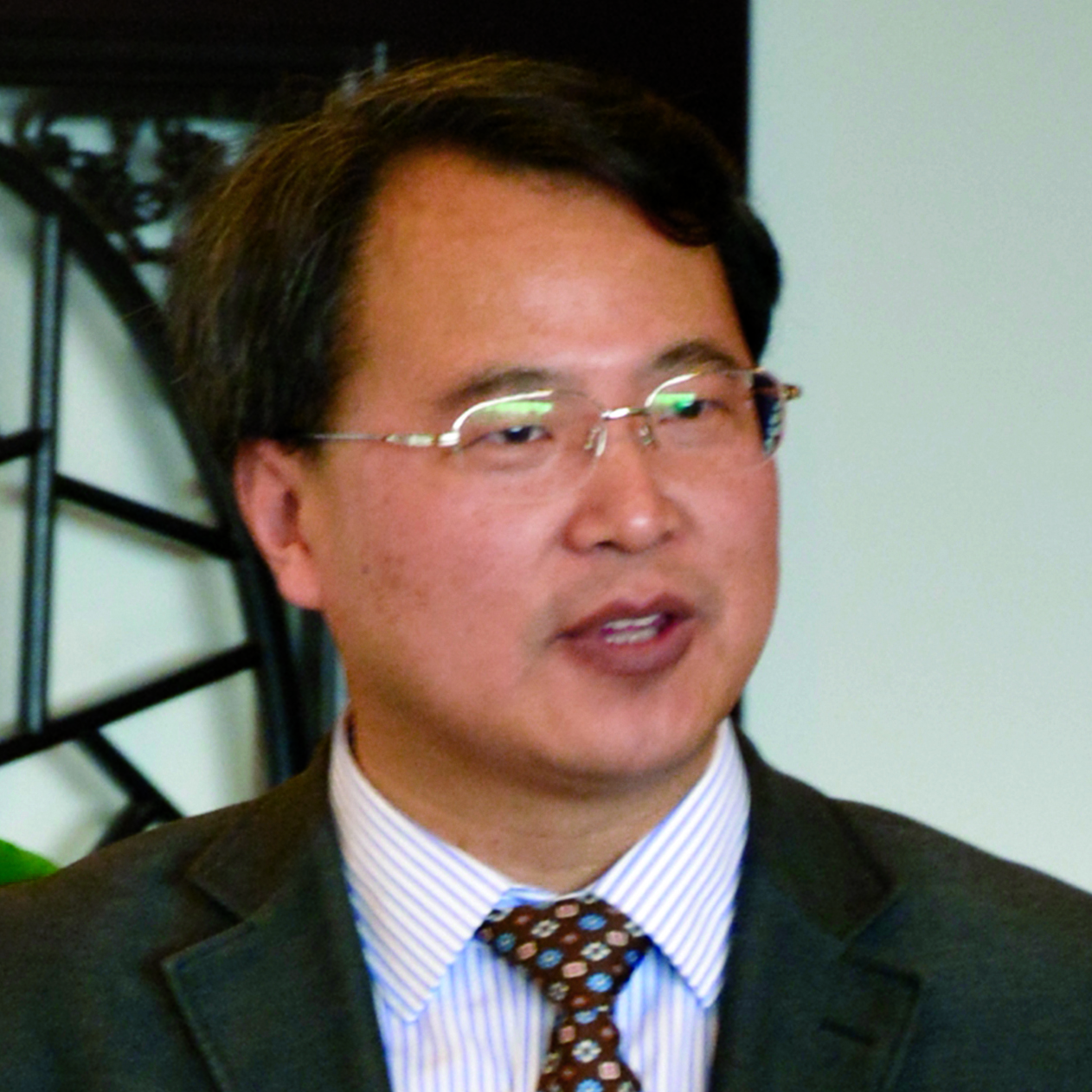
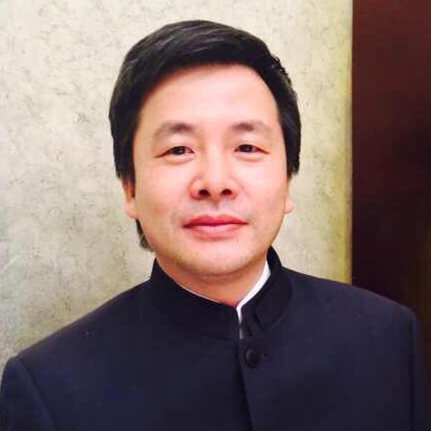
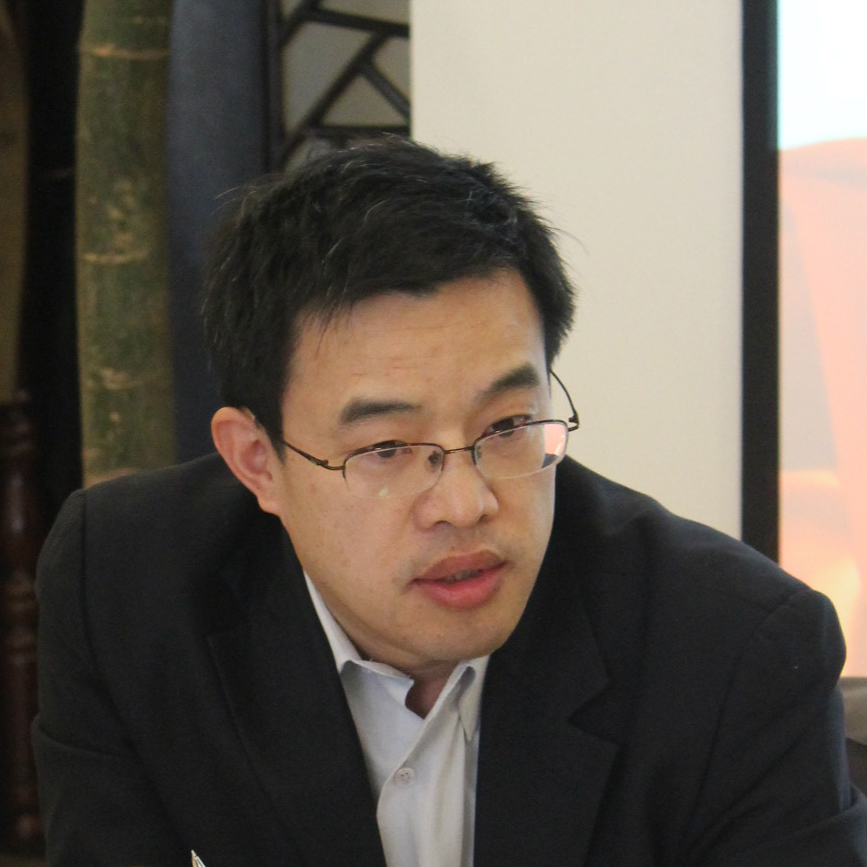
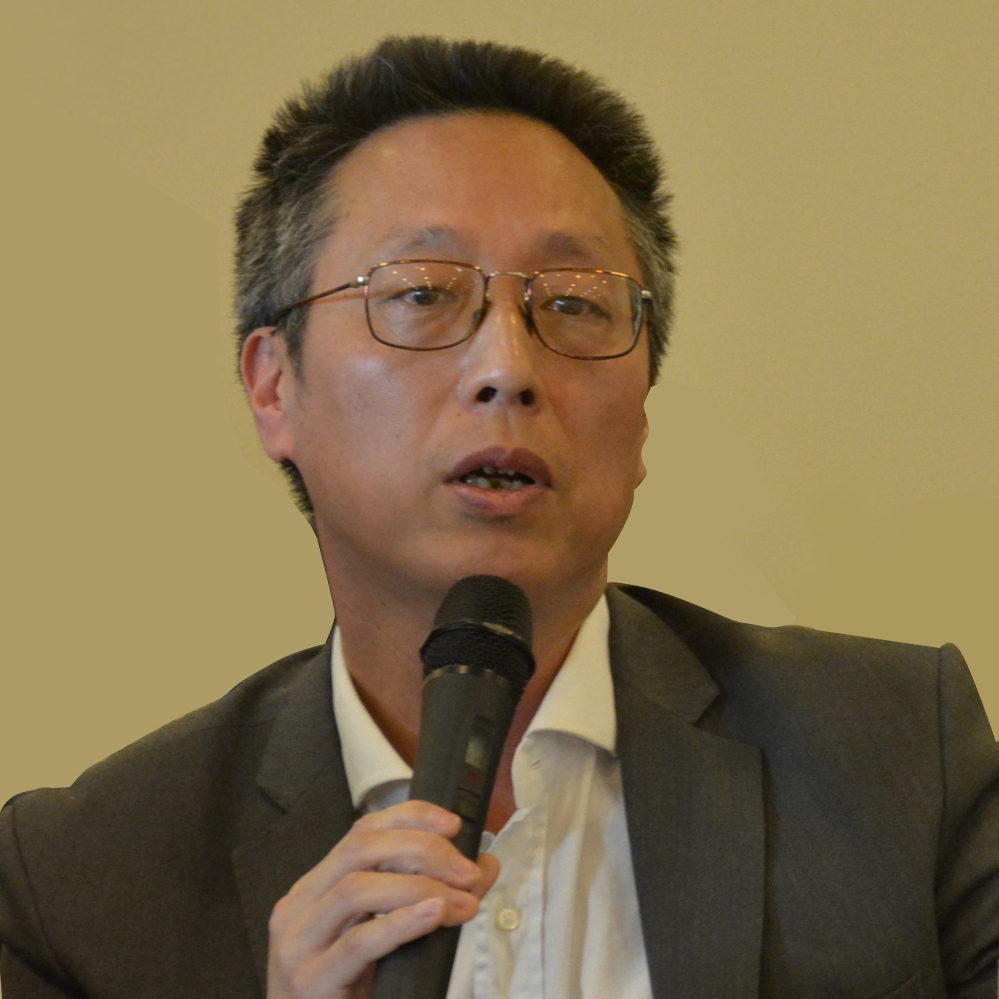


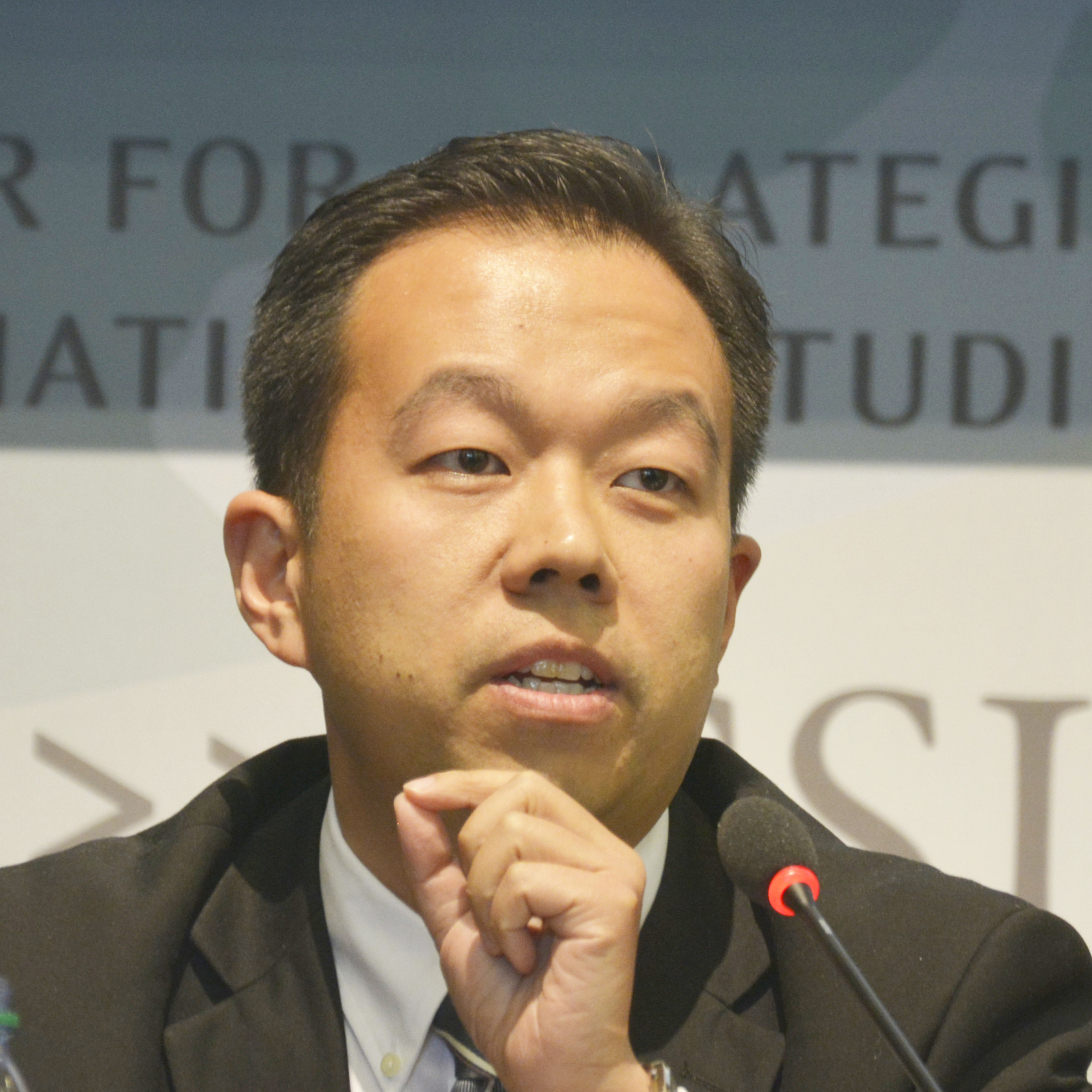


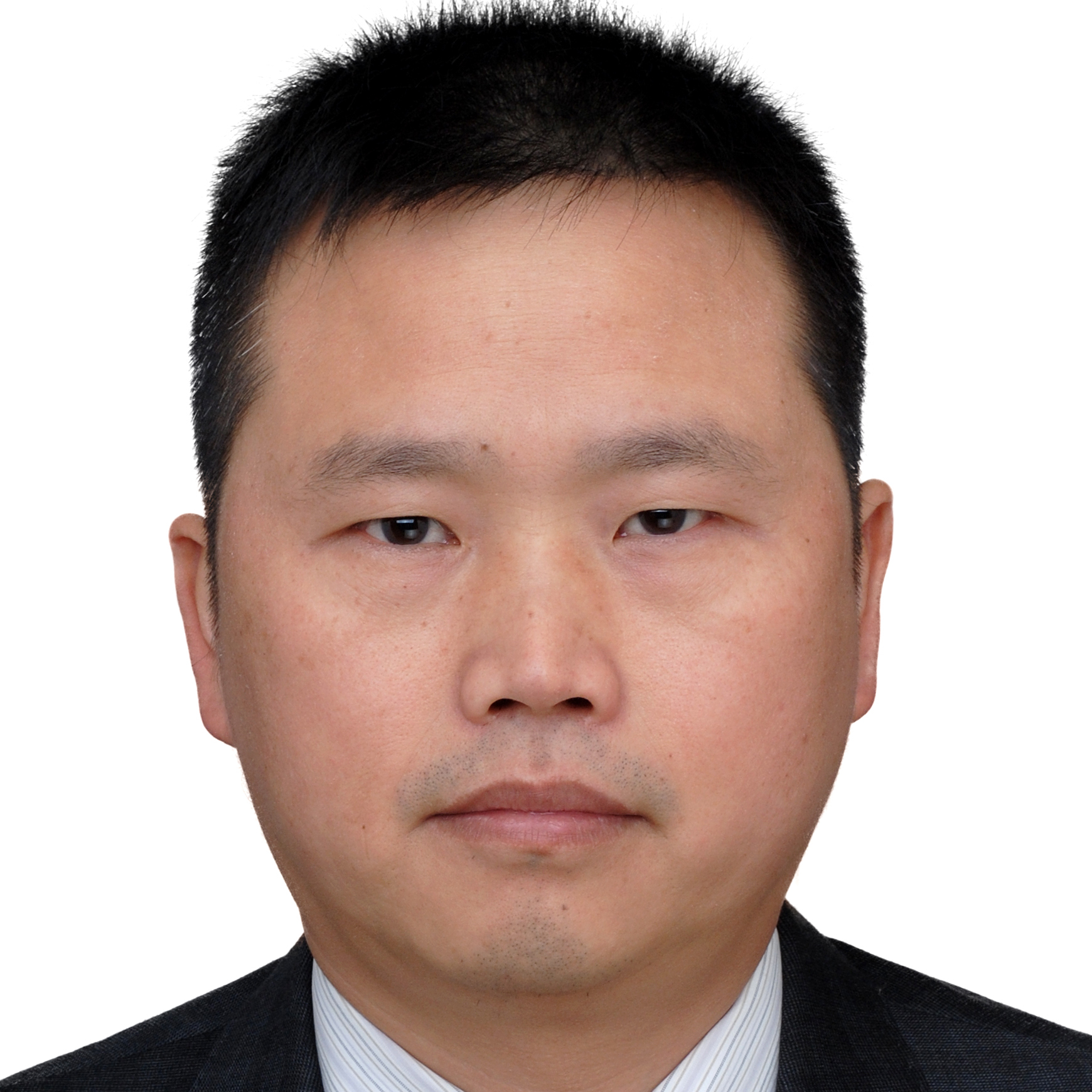
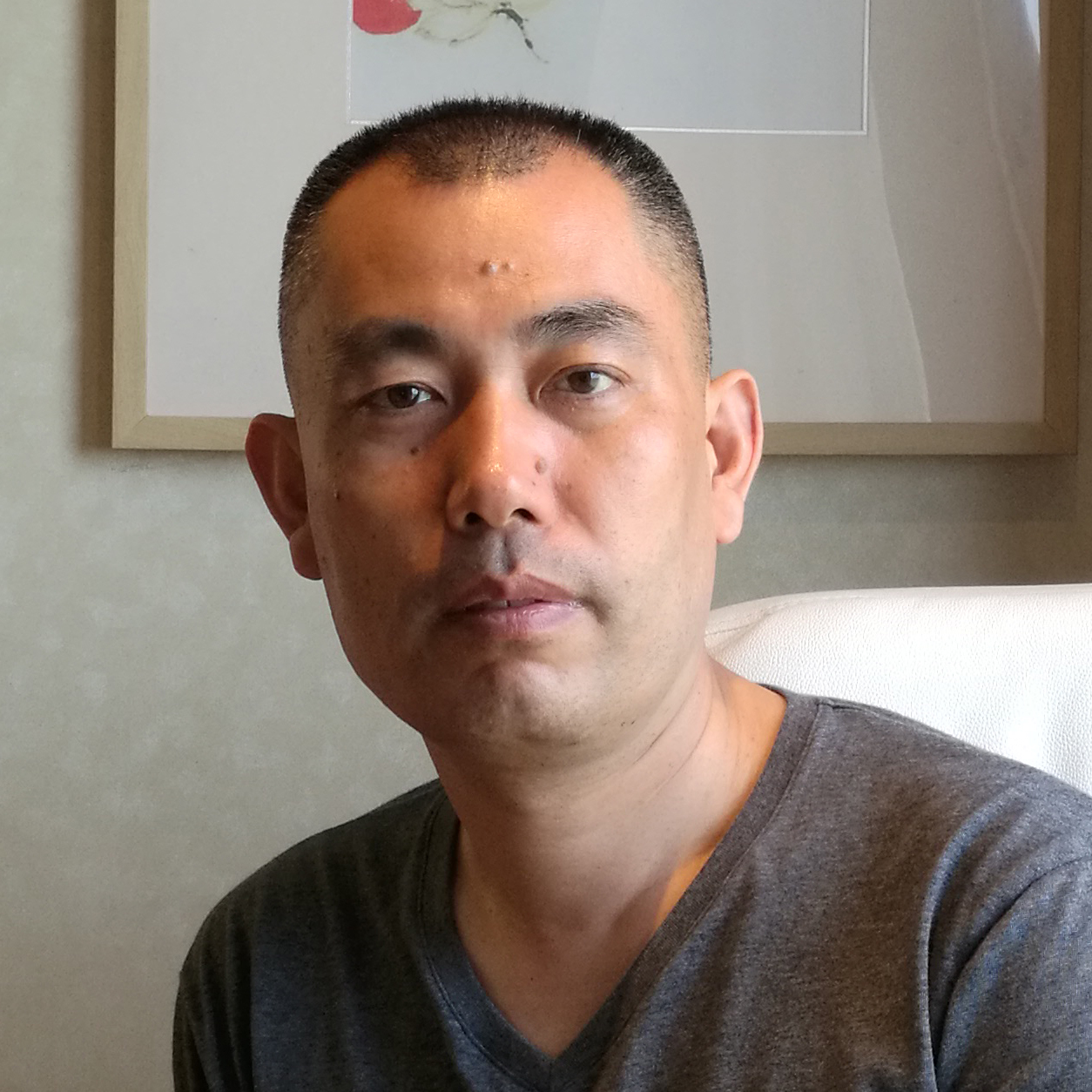





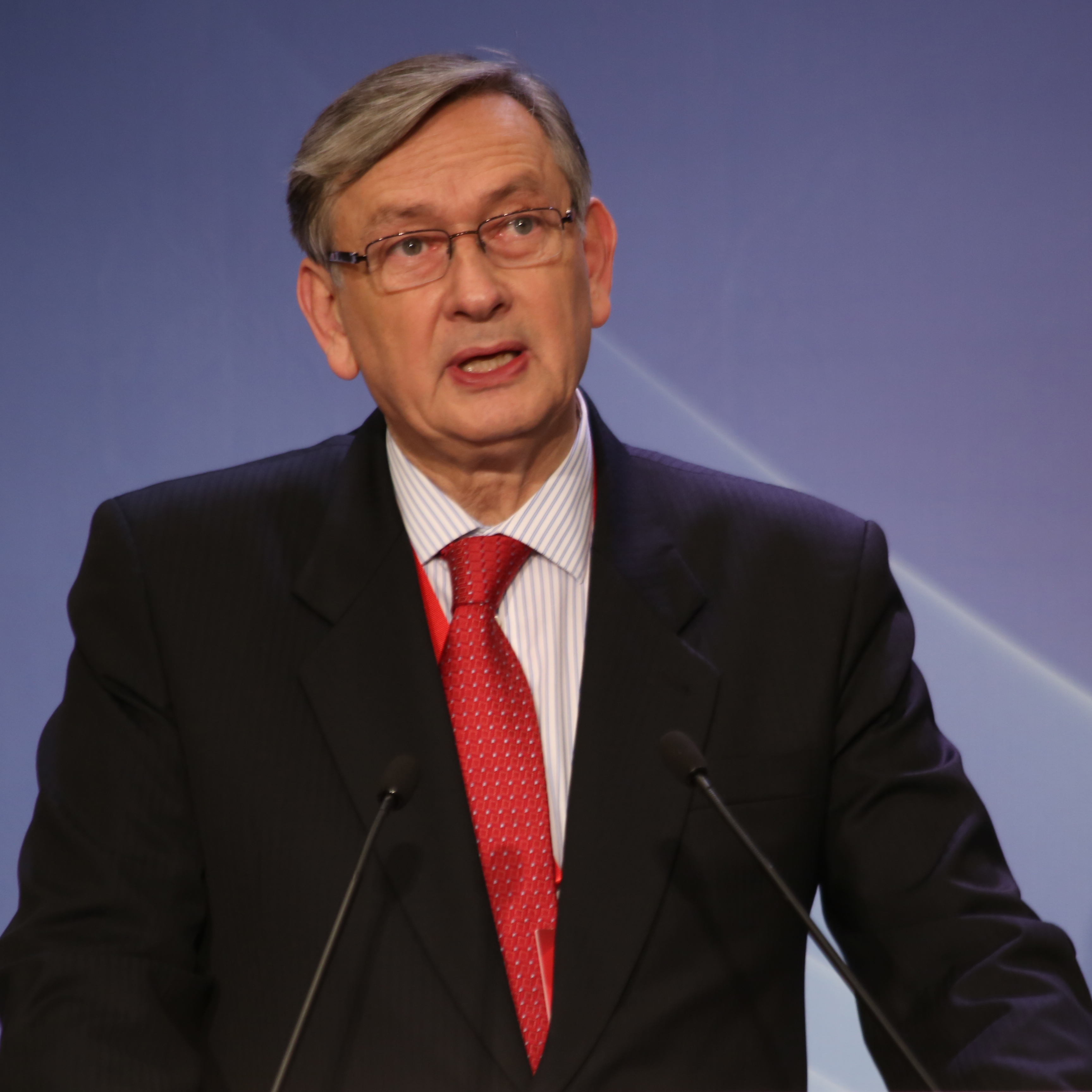

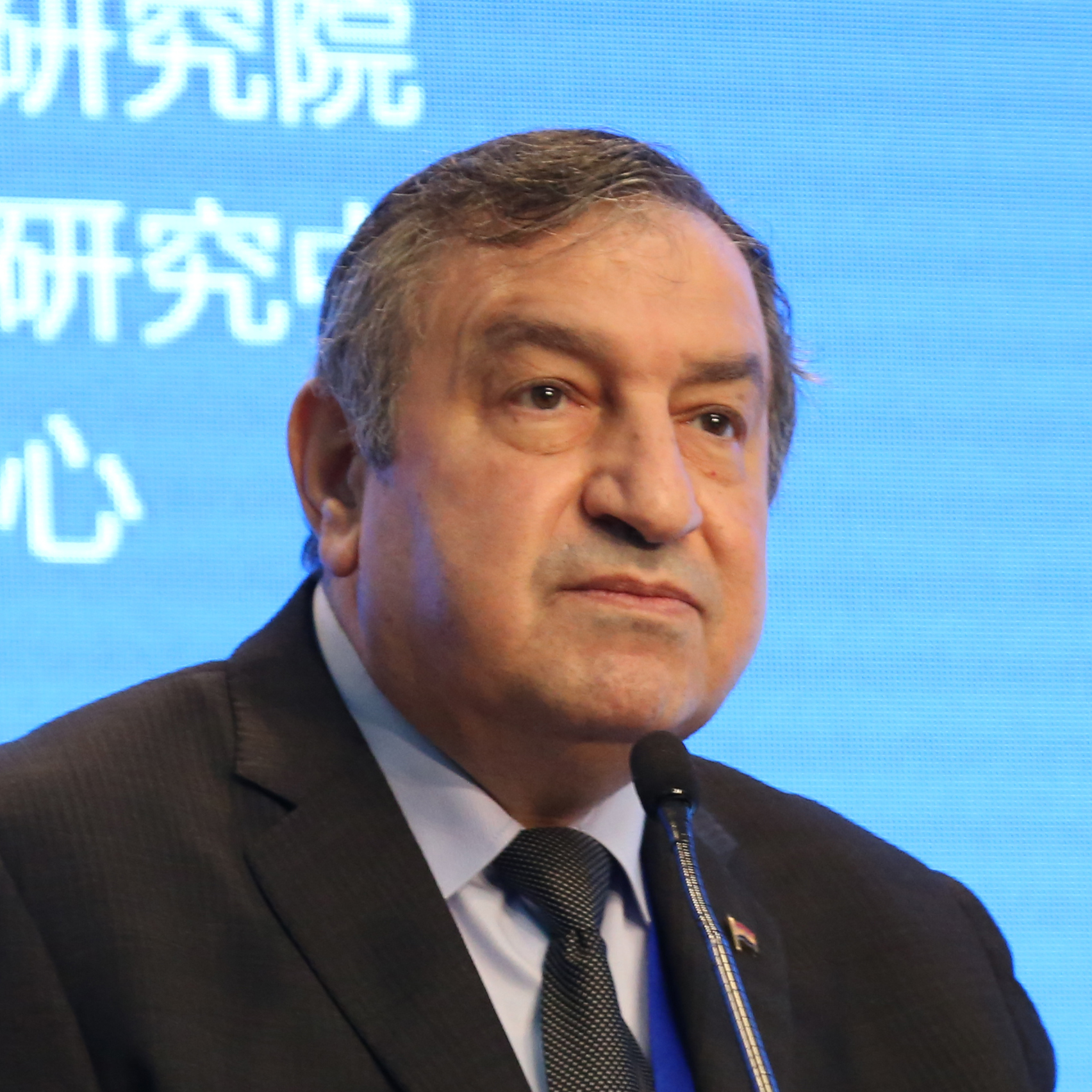

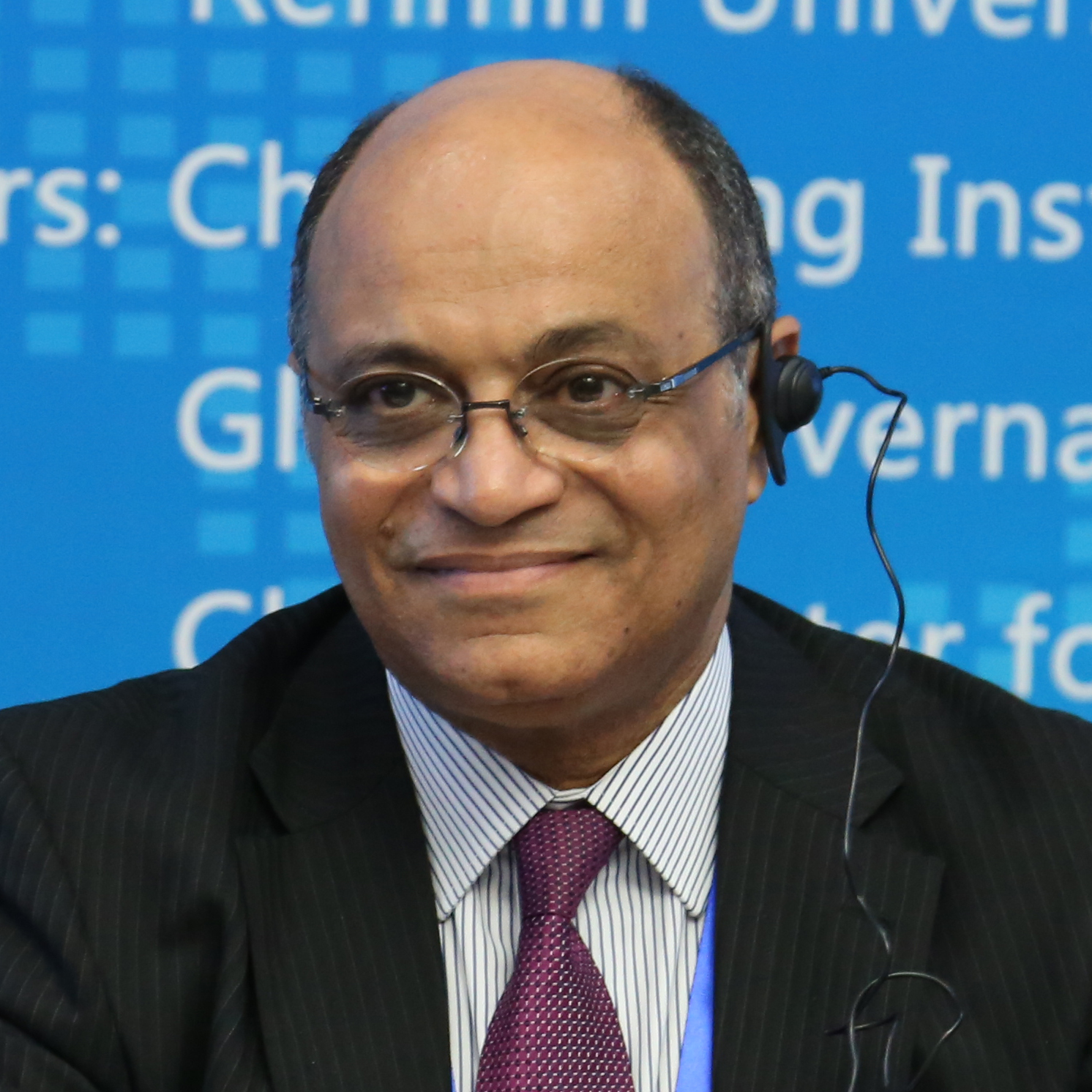
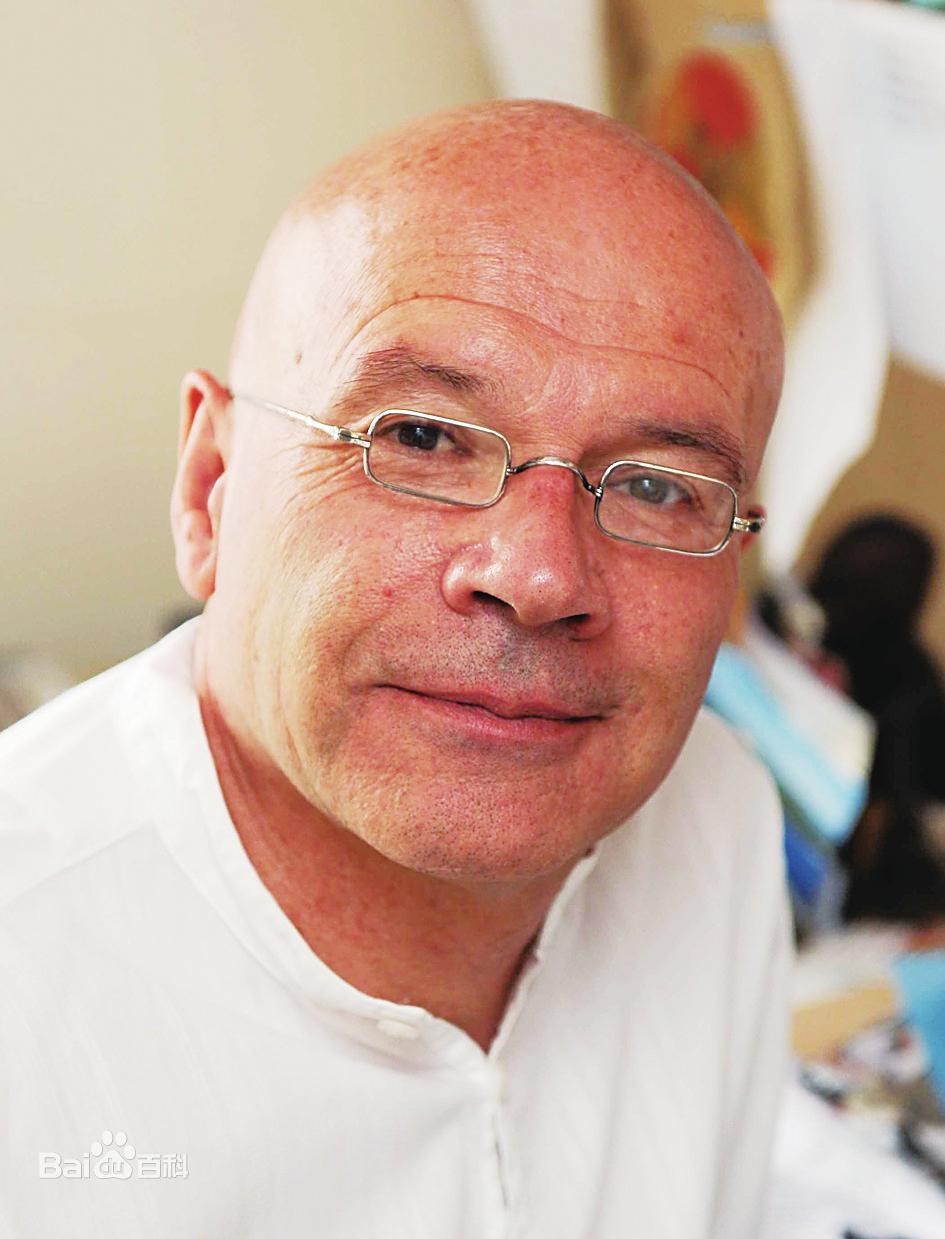






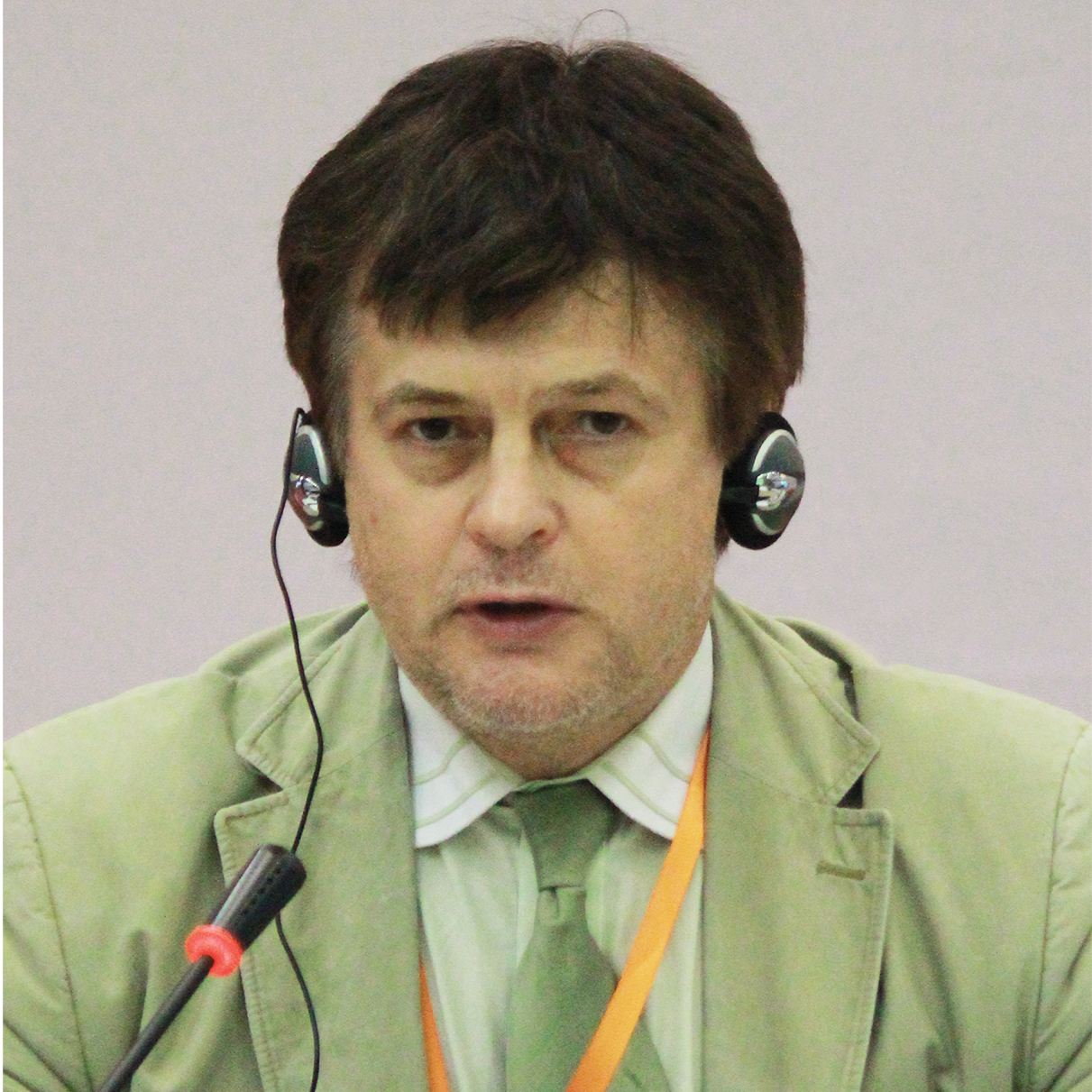





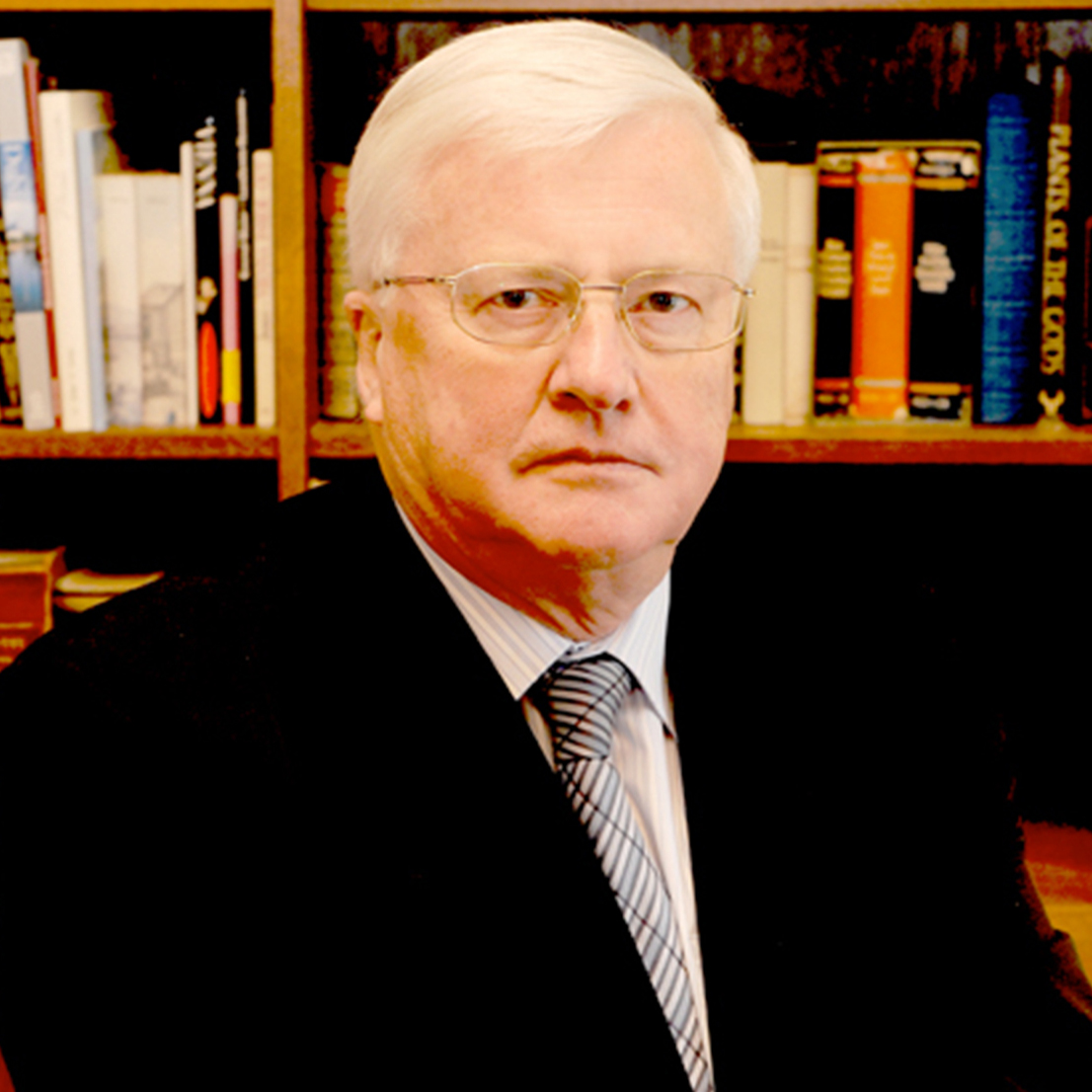
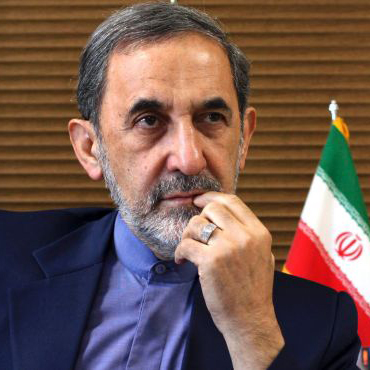

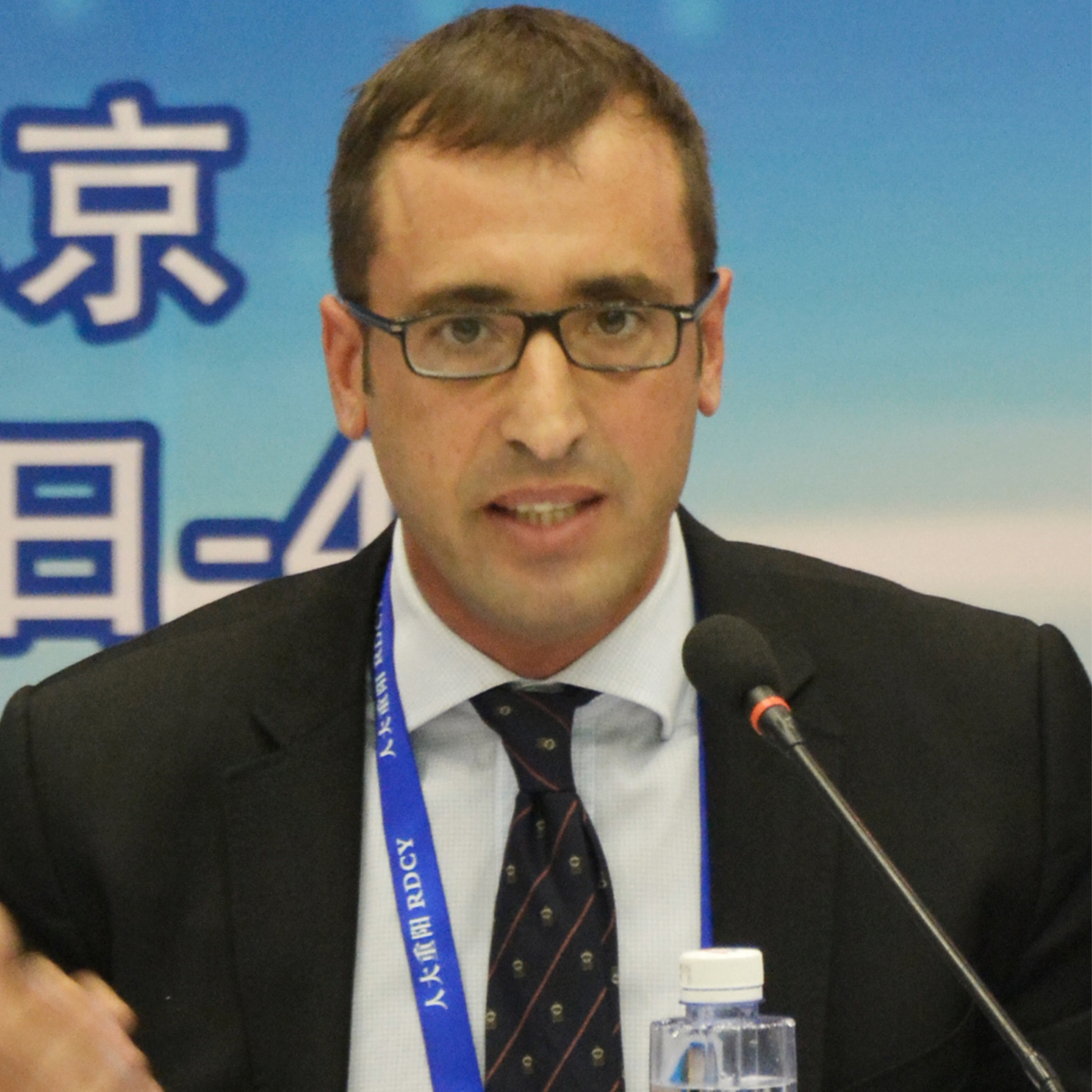


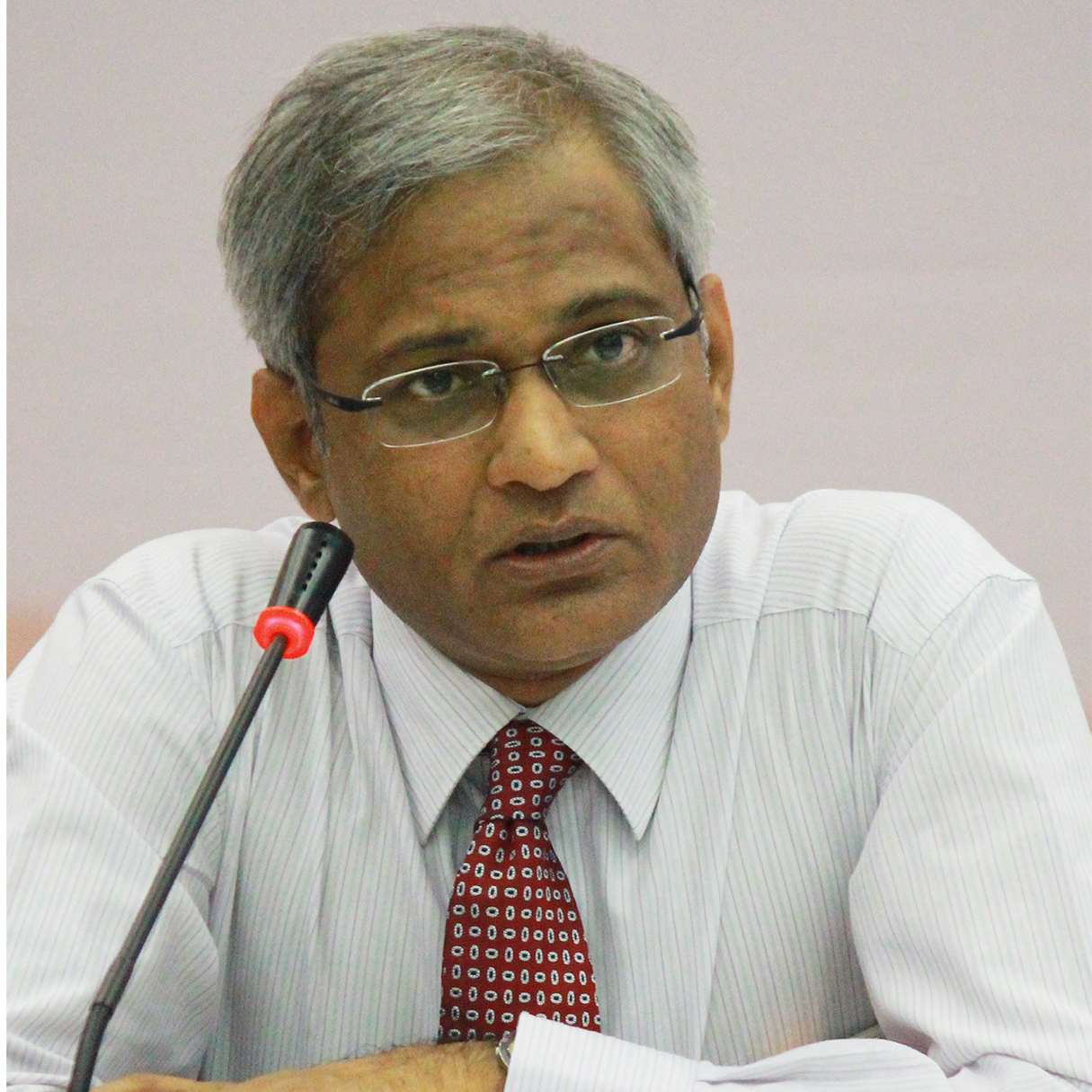

















 京公网安备 11010802037854号
京公网安备 11010802037854号





